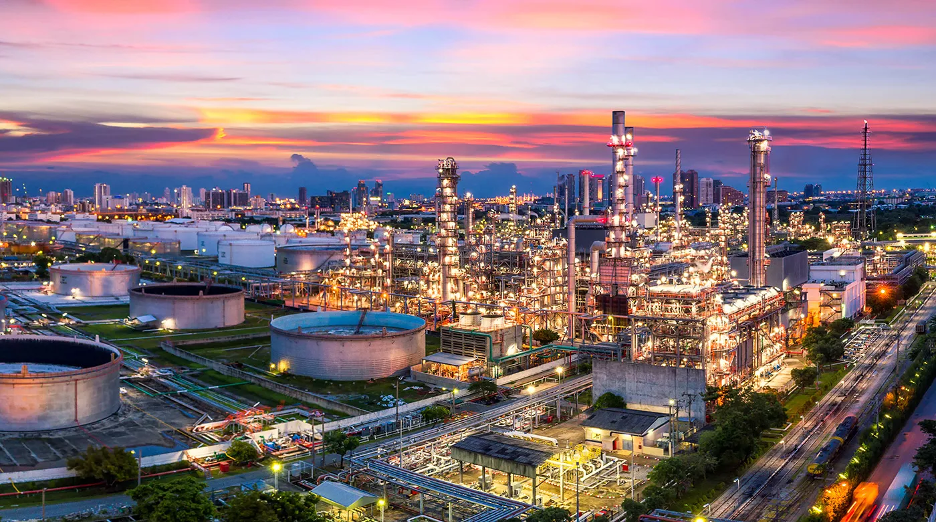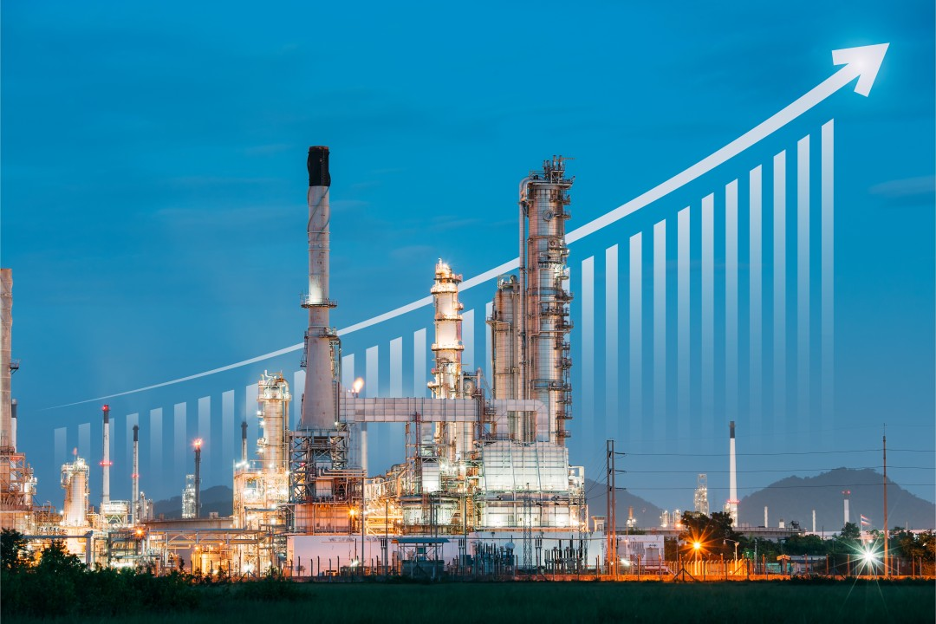Downstream petrochemical projects have become a key area of interest for industrial investors. As the global demand for plastics, fertilizers, and solvents continues to rise, countries are expanding their industrial capacity to capture more value from local resources.
With capital flowing into integrated complexes and conversion facilities, downstream investments now play a defining role in shaping the future of the petrochemical industry. Let’s explore the fundamentals, opportunities, and challenges of downstream investments.

What Defines a Downstream Petrochemical Project?
Downstream petrochemical projects represent the final stage of the industry, where raw hydrocarbons are refined, processed, and converted into market-ready products. These include fuels like diesel and jet fuel, as well as petrochemicals used in plastics, fertilizers, lubricants, and solvents.
Unlike upstream operations focused on extraction, downstream projects are closer to the consumer and emphasize value-added transformation. Some of the typical facilities of this production stage are:
- Refineries
- Petrochemical plants
- Distribution networks that deliver finished goods to industrial users and end markets
Market Demand Trends and Projections
The global petrochemical market is on a steady growth path, expected to reach $973.1 million by 2030, up from $641 million in 2024. This 7.3% CAGR is largely driven by demand for plastics and downstream applications across packaging, automotive, and construction.
Asia Pacific leads the market with a 46.9% share, driven by China’s dominance and expanding industrial base. In addition, ethylene remains the highest-demand product segment, fueled by its widespread use in packaging materials and cost-effective production. Abundant feedstocks in the Middle East also continue to improve production economics and support global expansion.
Risk Factors in Downstream Investments
Investing in downstream petrochemical projects comes with a range of technical and financial risks. A few of the most prominent drawbacks include:
- Energy intensity: Refining steps such as distillation and cracking consume large amounts of energy (close to 5% of global usage), making efficiency essential for profitability.
- Equipment durability: Machinery endures extreme conditions that accelerate wear, so regular upkeep is vital. Unexpected shutdowns can result in significant financial losses, sometimes reaching millions per day.
- Maintaining product quality: Precise control over temperature, pressure, and fluid flow is crucial; even slight inconsistencies can degrade product standards and safety.
Economic Value‑Added Through Downstreaming

Downstream petrochemical investments generate higher economic returns by transforming raw hydrocarbons into value-added products like fuels, plastics, and fertilizers. This approach increases export potential and supports industrial diversification, job creation, and reduced import dependency.
In Egypt, Anchorage Investments, led by Dr. Ahmed Moharram, is championing this model through its integrated petrochemical complexes that link production with processing and distribution. By localizing key manufacturing processes, Anchorage is helping drive industrial growth, attract international investment, and position Egypt as a competitive player in global downstream markets.
Policy Incentives for Downstream Growth
Egypt supports downstream petrochemical investment through targeted fiscal and regulatory incentives tied to its industrial strategy. For example:
- Under Law No. 2 of 2024, companies involved in green hydrogen and derivative projects, including downstream facilities, receive tax credits of 33–55%, VAT and customs exemptions, a golden licence streamlining, and discounts on land and port fees.
- Investment Law 72/2017 and cabinet decrees encourage petrochemical investors with customs‑free zones, tax breaks, and priority licensing, especially within SCZone industrial parks.
These measures reduce project costs and make downstream development more competitive.
The Effect of Investment on the Petrochemical Industry
Investment in downstream petrochemical infrastructure is reshaping Egypt’s industrial landscape. The government’s current development of 10 major petrochemical projects is set to add seven million tons per year in production capacity and replace over $8 billion in imports.
Among these initiatives, Anchorage Investments is spearheading the large-scale Anchorage Benitoite complex with a $2.5 billion investment in SCZone. That project alone is projected to boost GDP, attract foreign direct investment, and deepen Egypt’s petrochemical export capabilities.
Final Thoughts
Downstream petrochemical investments offer a clear path to industrial diversification, economic resilience, and long-term value creation. With rising global demand, supportive policy frameworks, and strategic players like Anchorage Investments driving large-scale projects, Egypt is well-positioned to become a key regional hub.
This means, as technology and infrastructure continue to develop, downstreaming remains a smart, future-focused investment strategy.